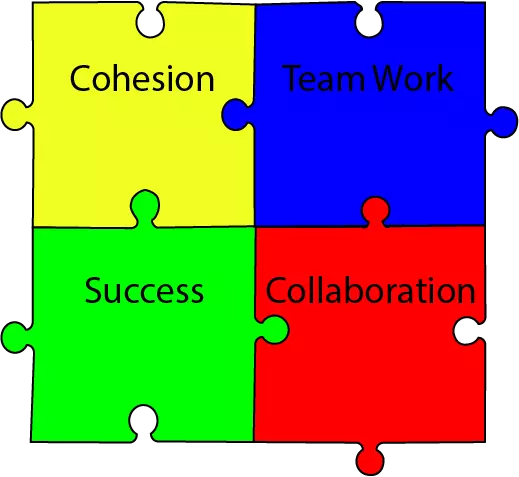The critical path method

In this article we will cover all you need to know about the critical path method (CPM) and PERT. You will learn how to draw a critical path analysis chart and where to use it in project management. The critical path method allows you to schedule tasks even in complex projects, it gives you the shortest possible duration of the project called critical path and let's you know where to focus on in order to avoid the projects being closed over schedule. Ready? Let's go!
Create the critical path chart in 2 easy steps
List all the tasks specifying the name, duration and dependancy
This step consists of creating an exhausting list of all activities. We recommend to note first the activities by their name and their duration. Then you go over your list and you have to ask yourself which task is the predecessor of the current task. If you have for example 2 tasks: Task A "construction of a wall" and task B "painting of the wall" you would note down A is the predecessor of task B, because you have to first construct the wall before painting it. Of course there is also the possibility that a task depends on more than one predecessor tasks. In our example you could have for example a task C "installation of lighting" which needs to be performed before taskB "painting of the wall", therefore task B would have the predecessors A and C.
Plot the activities in a dependancy diagramm with arrows representing the dependancies
In this diagramm every task is represented by a box named by the task: for example A,B,C... The dependancies are expressed through arrows. Task A is followed by task B, means you have to draw an arrow from box A to box B. In our example you would draw an arrow from box A to B and from C to B. By this way you go from the first task in time to the last one. Now going forward through the sequence of tasks and calculating every date in time will already provide you 2 informations: the shortest possible duration of the project and the earliest date in time for every task. Even better, going backwards through the diagramm from the last task to the earliest task will provide you additional information on the latest moment in time every task should start. The difference between earliest start date and latest start date of a task is called free float. Tasks with 0 free float are on the critical path. Thats the moment you are able to identify the critical path in the diagramm.






